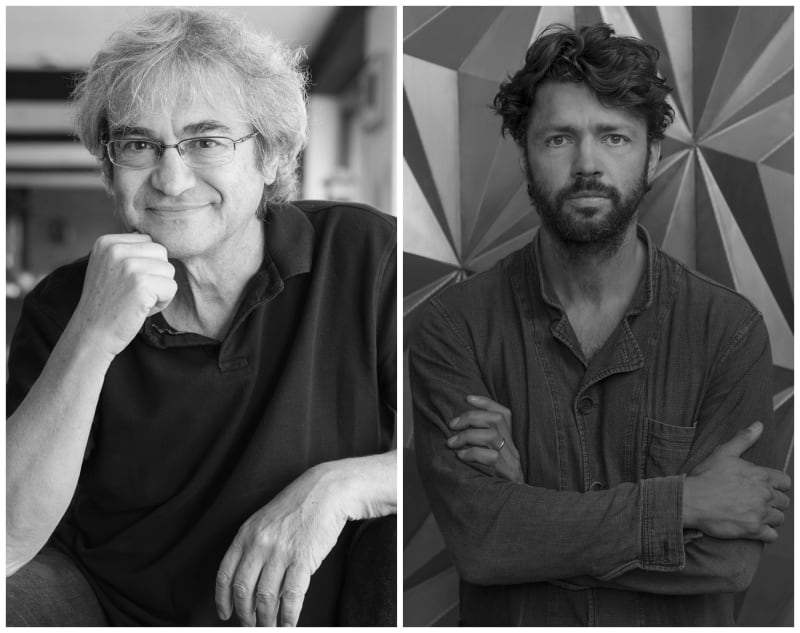The Royal Institution hosts this online event (Tuesday 6 April, 7–8.30pm) featuring Carlo Rovelli in conversation with artist Conrad Shawcross to explore the idea of the quantum, whose meaning is enigmatic and still fiercely debated today.
Read more and book a ticket (free/pay what you can)
Carlo Rovelli (born 3 May 1956) is an Italian theoretical physicist and writer who has worked in Italy, the United States and since 2000, in France. His work is mainly in the field of quantum gravity, where he is among the founders of the loop quantum gravity theory.
He has also worked in the history and philosophy of science. He collaborates with several Italian newspapers, in particular the cultural supplements of the Corriere della Sera, Il Sole 24 Ore and La Repubblica. His popular science book Seven Brief Lessons on Physics has been translated in 41 languages and has sold over a million copies worldwide.
In 2019 he has been included by the Foreign Policy magazine in the list of the 100 most influential global thinkers.
Rovelli’s new book Helgoland opens with the night the young Werner Heisenberg has an idea that will change physics in its entirety, together with the whole of science and our very conception of the world, forever causing a rip in our all-too-solid conceptions of reality. A world where nothing exists, except in its relation to something else. It is time, Rovelli asserts, for these deeply radical ideas to be absorbed into the whole of contemporary culture.
Conrad Shawcross RA is an artist born in London in 1977. Imbued with an appearance of scientific rationality, Conrad Shawcross’s sculptures explore subjects that lie on the borders of geometry and philosophy, physics and metaphysics. Attracted by failed quests for knowledge in the past, he often appropriates redundant theories and methodologies to create ambitious structural and mechanical montages, using a wide variety of materials and media, and often working on an epic scale. Different technologies and natural forces inspire his forms, but his mysterious machines and structures remain enigmatic, filled with paradox and wonder. Some have an absurdist melancholy feel, while others tend to the sublime.
Shawcross has also experimented with ideal geometries and topologies; these constructions are conceived as systems, sometimes modular, sometimes mechanical, which could be theoretically extended infinitely into space. In these and other sculptures, Shawcross pays tribute to some of the great pioneers and analysts, and considers specific moments or figures from the past. Paradigm (Ode to the Difference Engine), 2006 references the life of Charles Babbage; Space Trumpet, 2007 is informed by the history of early acoustic mapping; Slow Arc Inside a Cube, 2008 takes its inspiration from the scientist Dorothy Hodgkin’s discovery of the structure of pig insulin; and most recently, ADA, 2013 is named after Ada Lovelace, credited by many as the world’s first computer programmer.
Portrait of Carlo Rovelli © Christopher Wahl
Portrait of Conrad Shawcross Courtesy the artist





